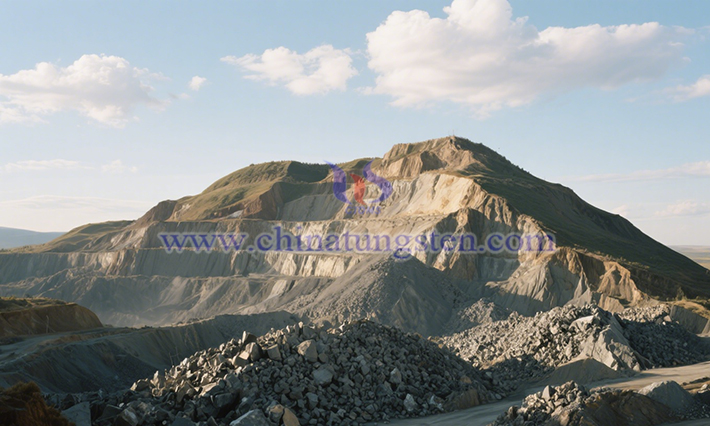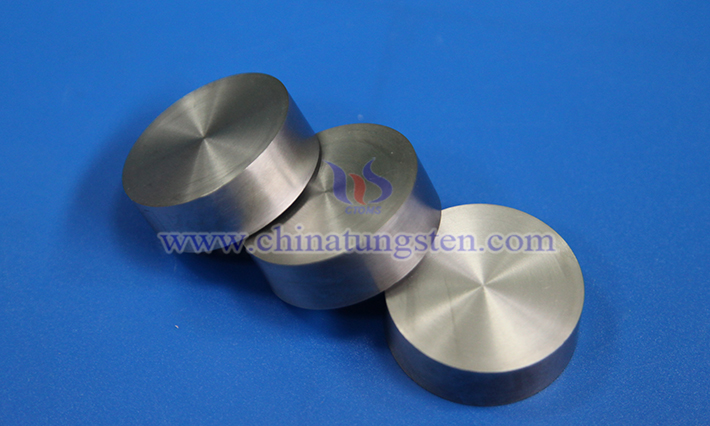Inner Mongolia Will Add 1.14 Million Tons of Molybdenum Resources from 2021 to 2024
- Details
- Category: Tungsten's News
- Published on Monday, 28 July 2025 16:38
Recently, the Inner Mongolia Daily reported that during the "14th Five-Year Plan" period, the Inner Mongolia Autonomous Region invested a total of 2.61 billion yuan in geological exploration, identifying vast mineral resources rich in iron, niobium, and rare earths in the Baiyun Ebo South mining belt. From 2021 to 2024, Inner Mongolia leveraged 2.655 billion yuan in social funds for geological exploration, achieving significant growth in strategic mineral resource reserves. For instance, molybdenum resources increased by 1.1427 million tons, iron ore by 718 million tons, and gold by 364 tons. Currently, the region has identified reserves for 149 types of minerals, with coal, lead, zinc, silver, and rare earths leading the nation in proven resource quantities.

Molybdenum is an important metal resource, primarily existing in the form of molybdenite and often associated with copper and tungsten deposits. It is characterized by high strength, high hardness, and excellent mechanical properties, maintaining these attributes even at high temperatures. As a key raw material, molybdenum is widely used in advanced manufacturing fields: in the steel industry, it is used to produce high-strength alloy steels, enhancing material corrosion resistance and high-temperature stability; it is also a core material in cutting-edge fields like aerospace and nuclear energy, and plays a vital role in electronic devices and new energy equipment manufacturing.

Rare earths refer to a group of 17 chemical elements, including the lanthanide series plus scandium and yttrium, known for their unique physicochemical properties such as excellent magnetism, optical, and catalytic performance. These elements are widely applied in high-tech fields, including new energy, electronics, aerospace, and military industries. Dubbed “industrial vitamins,” rare earths play a crucial role in manufacturing permanent magnets, fluorescent materials, catalysts, and high-temperature superconductors. In the new energy sector, rare earth elements like neodymium and dysprosium are used to produce high-performance neodymium-iron-boron permanent magnets, widely applied in wind turbine generators, electric vehicle motors, and energy-efficient appliances to improve energy efficiency. In the electronics industry, rare earths are used to produce display screens and LED phosphors for smartphones and tablet computers. In aerospace and defense, they are utilized in manufacturing lasers, radar systems, and high-temperature alloys, enhancing equipment performance and durability. Additionally, rare earth catalysts play a key role in petroleum refining and automotive exhaust purification, reducing environmental pollution.
- Chinatungsten Online: www.chinatungsten.com
- CTIA GROUP LTD: en.ctia.group
- Tungsten News & Price: www.ctia.com.cn
- Molybdenum News & Price: news.molybdenum.com.cn
- Tel.: 86 592 5129696; Email: sales@chinatungsten.com



 sales@chinatungsten.com
sales@chinatungsten.com